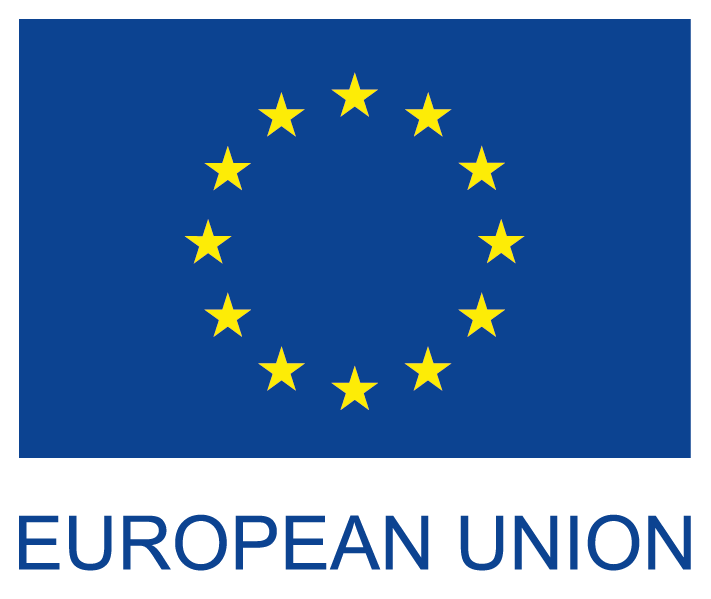SHARE-North and G-PaTRA proudly represented at the 2019 SUMP Conference
By Elke Vandenbroucke, Taxistop
Alongside the amazing info-market which showcased a variety of European projects (G-PaTRA, SHARE-North and Inclusion, for example), numerous sessions took place to support sustainable cities in developing and finding inspiration for their SUMP – in particular for making cities more walking and cycle friendly.
Where sustainable mobility is high on the agenda, a mobihub has to be part of the action. Therefore, SHARE-North’s and G-PaTRA’s partners teamed up to host and informational booth, featuring a not-to-be-missed mobihub audio tour, created by Taxistop.
At the info booth of Taxistop (together with project partners Autodelen.net and Infopunt Publieke Ruimte), participants were invited to sketch their very own mobihub on a location of their choice. Inspiration for the concept could be found on the digital pillar, in a variety of good practices of European projects and in the run-through of a “how to” audio tour on the info booth.
What’s a mobihub? Hub? Mobilpunkt? Mobipunt?
The idea was first implemented by the SHARE-North project in Bremen, Germany as mobil.punkt and later in Bergen, Norway as mobilpunkt. And as not to confuse you any further, in Flanders, Belgium, it’s called a mobipunt…
“A mobilpunkt is a transport hub on public street space that is based at a neighbourhood level. The strategic focus is on providing citizens with attractive alternatives to private car-ownership, freeing up urban space for other uses and reducing transport-related emissions. The hubs are easily accessible by foot, bike and public transport and significantly improve the accessibility and visibility of shared transport modes – particularly car-sharing.”
Within the G-PaTRA project, Taxistop (BE) and the OV Bureau Groningen Drenthe (NL) promote sustainable transport in rural areas, by adopting the mobihubs as a solution to provide a better public transport for the community and to strive for pooling options, apps and quality neighbourhoods. Check out their lighthouse projects* on the site.
Martin, of the OV bureau Groningen Drenthe and project partner in G-PaTRA, noticed during SUMP 2019 that many cities and regions are looking into transport nodes (like hubs, multimobil or mobipunten). Most nodes simply focus on shared bikes or cars, but the concept of a hub, in addition to these transport modes, provides a combination of transport for specific target groups with public transport.
We all seem to be working on the same topic: a tailored-made transport node. Thanks to the G-PaTRA project we have a chance to better communicate about why these hubs provide better sustainable accessibility for the city or region.
Some reflections on other insights gained at the various sessions during the SUMP Conference are:
It has proven to be a fruitful conference with instructive sessions and interesting interactions at the info booth. If you would like to experience the mobihub audio tour yourself: the mobihub pillar will also be showcased at the Shared Mobility Rocks conference on the 8th of October 2019!

 Share North
Share North
